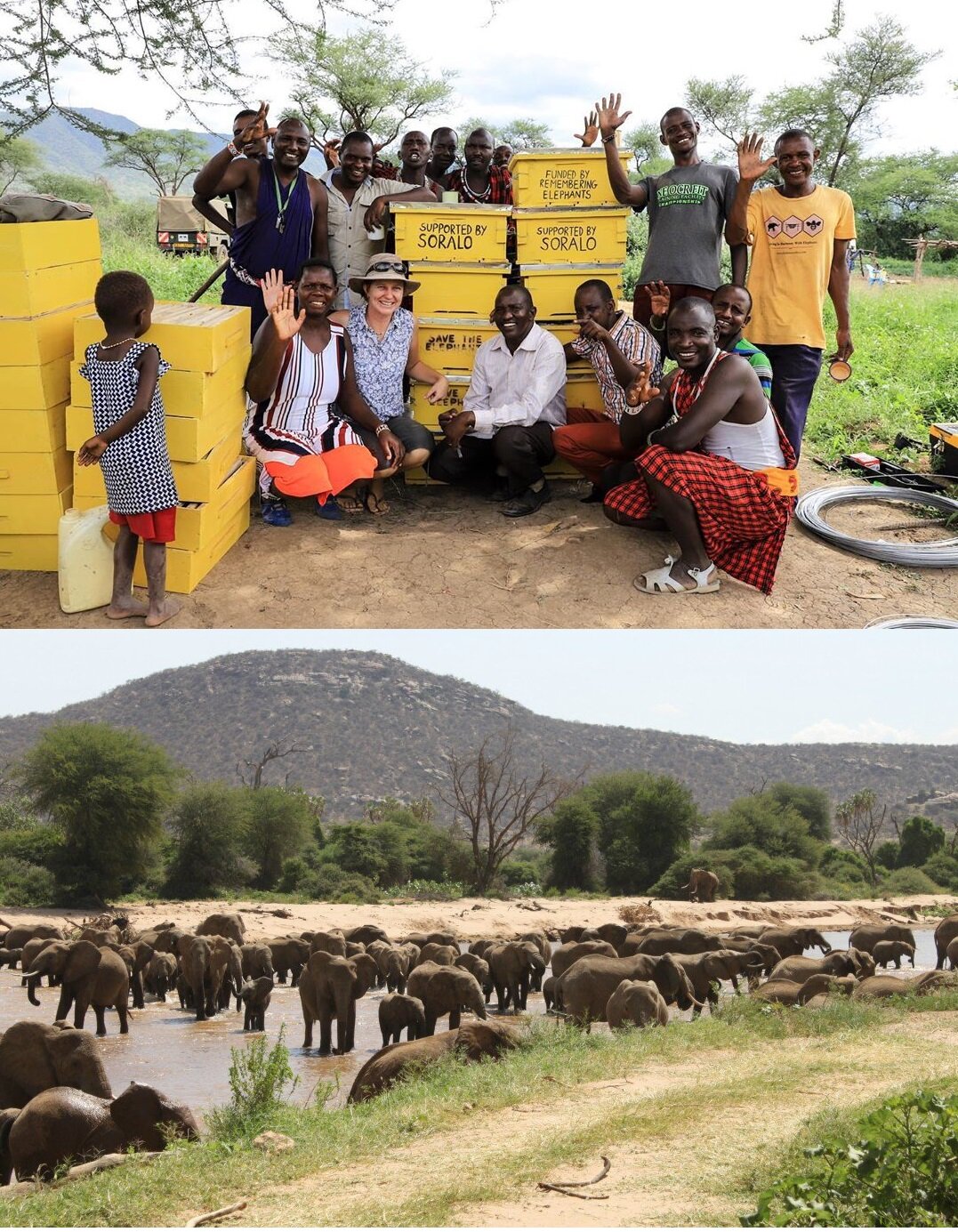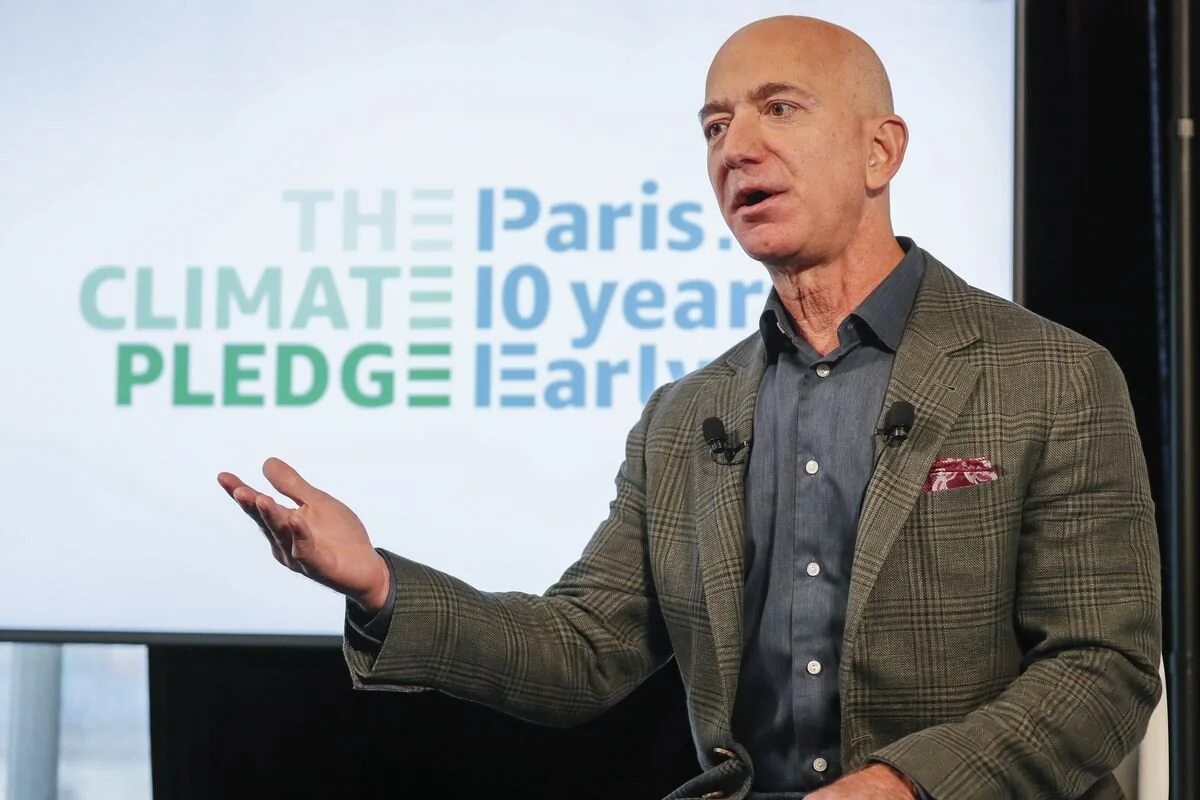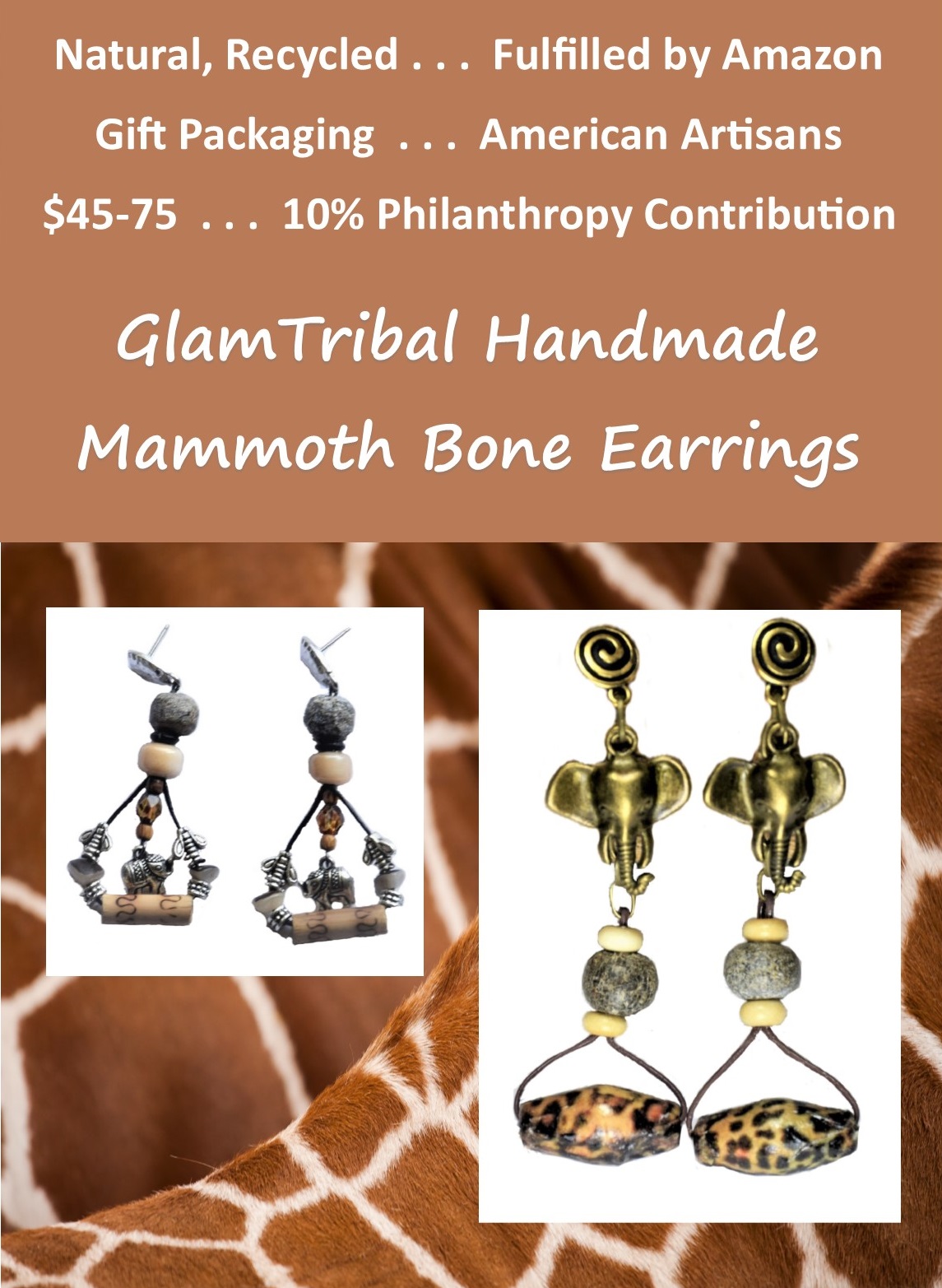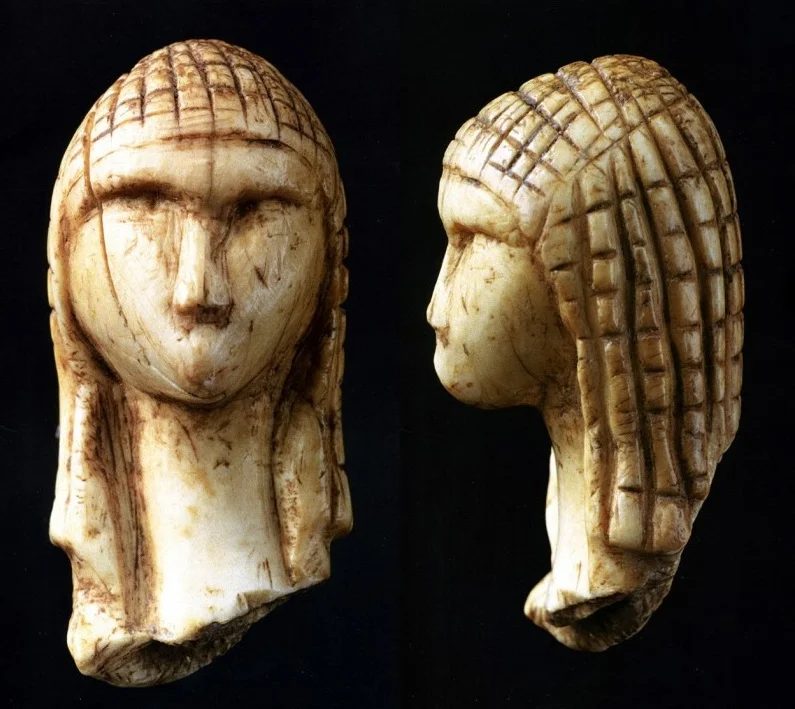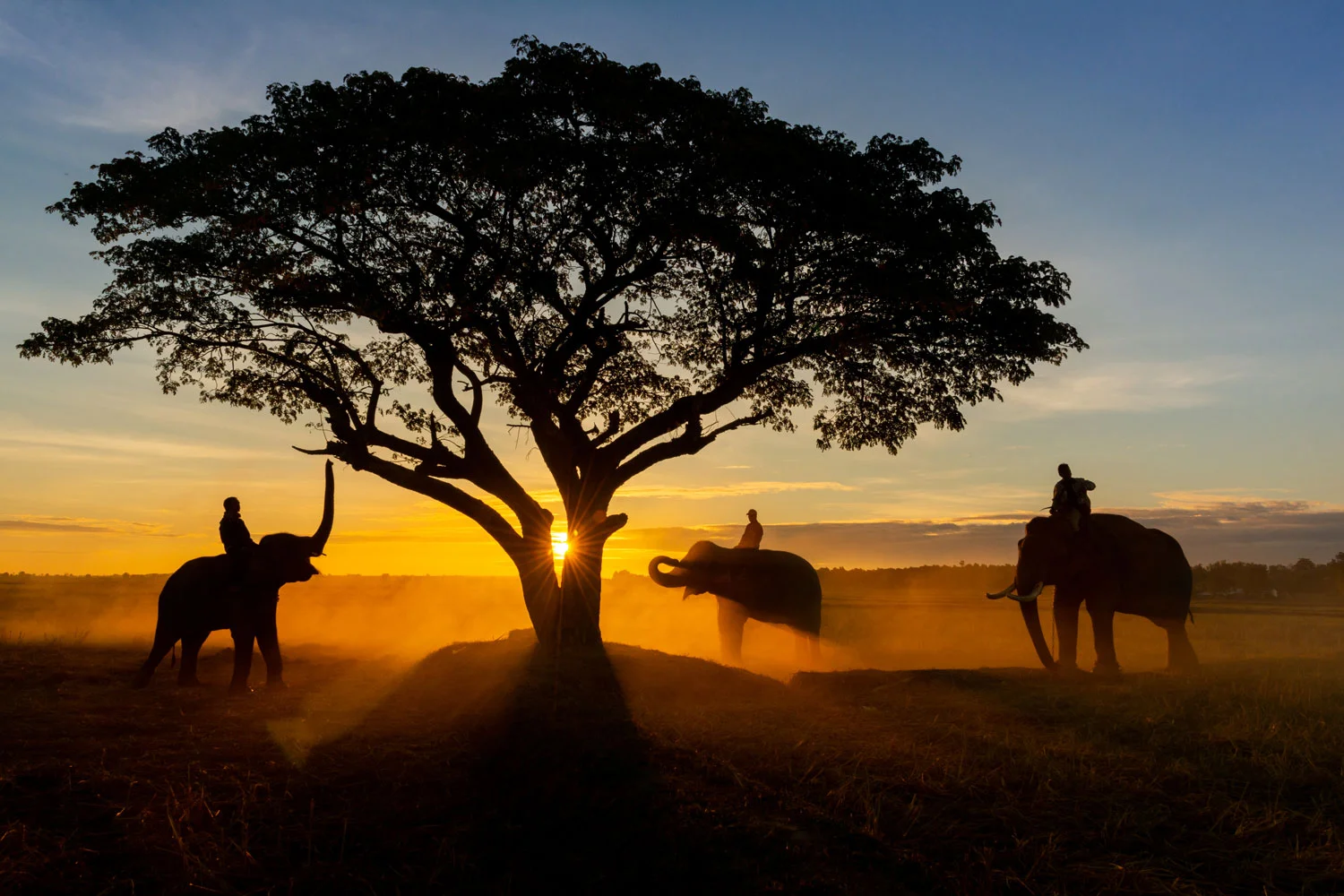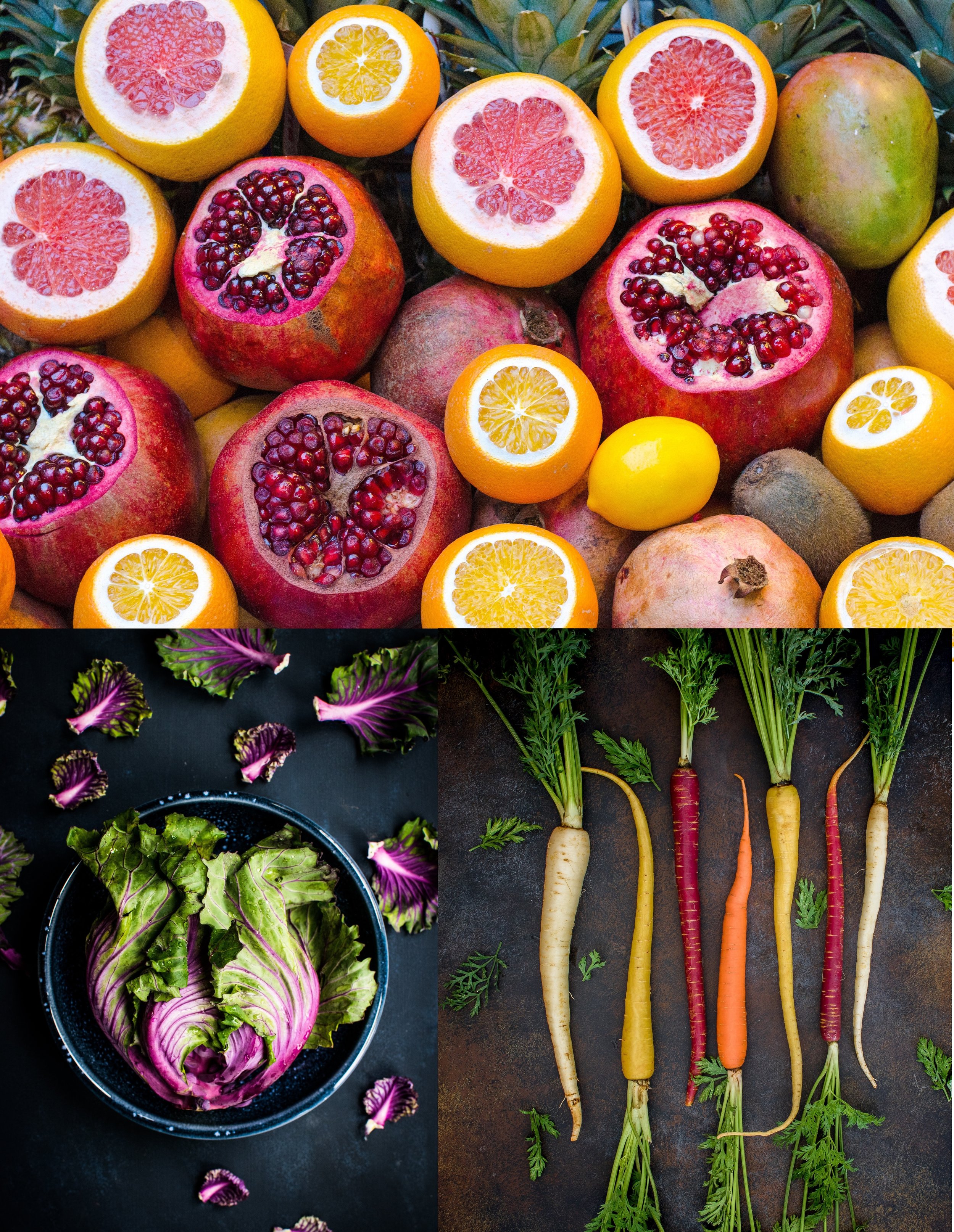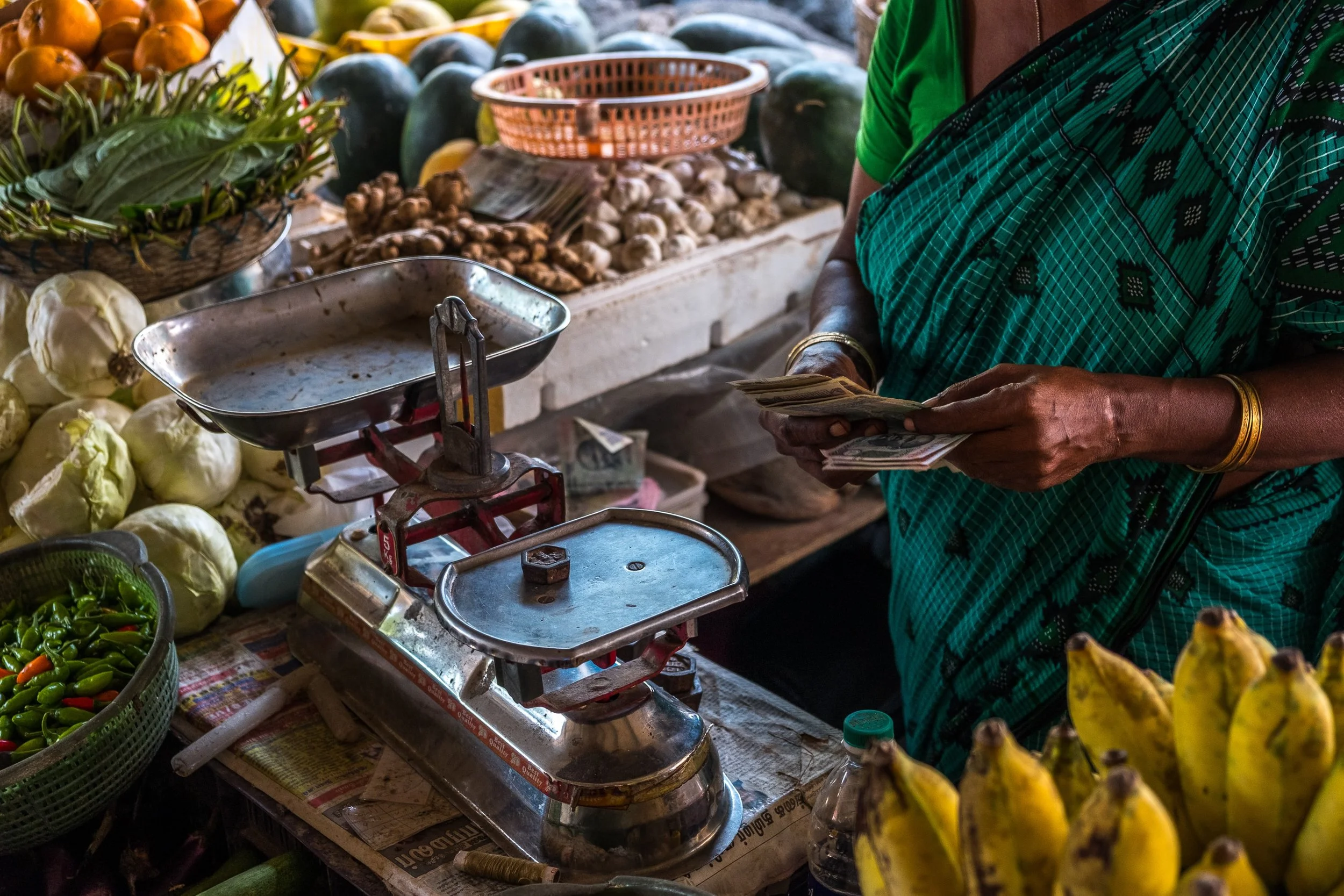Nutrition Science and Obesity Research Turn A Critical Eye to Ultraprocessed Food
/Ultraprocessed foods and drinks are designed to be ready-to-consume, with numerous additives that can include oils, fats, color enhancers, flavor enhancers, nonsugar sweeteners, and bulking and firming agents. (No specific brand has been linked to obesity.) Credit: Jamie Chung (photo); Amy Henry (prop styling); Source: “NOVA. The Star Shines Bright,” by Carlos A. Monteiro et al., in World Nutrition, Vol. 7, No. 1; January-March 2016
In scientific pursuit of the never-ending question of why the world’s humans are gaining weight in dizzying statistics, the October 2019 issue of Scientific American provides a new avenue of inquiry. “Ultraprocessed” foods seem to trigger neural signals that make us want more and more calories, unlike other foods in the Western diet, writes Ellen Ruppel Shell.
Since the early 1970s, scientists and nutritionists have been debating exactly why we gain weight. Some hardliners hold fast to the calories in-calories out theory of “you are what you eat and expend in activity” theory. If you gain weight, it’s a reflection of your own lack of willpower.
Globally the prevalence of obesity nearly tripled between 1975 and 2016, according to the World Health Organization. Major changes in diet are accompanied by increased heart disease and diabetes. My unscientific impression of global weight gain is that wherever fast food comes to town, citizens gain weight.
Personally, I hold the line on carbs to 60-100 a day, and not the 225 to 325 recommended. Over years of dieting or fighting not to gain weight, carb control is the only brake on weight gain or the solution to weight loss that seems to guarantee success at any stage of my life. The questions around the best healthy diet are relevant as humans are challenged to stop eating meat to save our planet. For people living on a paleo-focused diet, the trade-off will result in eating more carbs.
Then again — how many obese vegetarians do you know?
Nutrition researcher Kevin Hall works at the National Institute of Diabetes and Digestive and Kidney Diseases, where he runs the Integrative Physiology section. His small but rigorous studies suggest that how we make the food we eat is a major contributor to weight gain.
Pulling ingredients apart and then reconstituting them into things like frosted snack cakes and ready-to-eat meals from the supermarket freezer—bears the brunt of the blame for weight gain, theorizes Hall. This “ultraprocessed” food “disrupts gut-brain signals that normally tell us that we have had enough, and this failed signaling leads to overeating.”
The man who designed the research says he is not on a messianic mission to improve America’s eating habits. Hall admits that his four-year-old son’s penchant for chicken nuggets and pizza remains unshakable and that his own diet could and probably should be improved. Still, he believes his study offers potent evidence that it is not any particular nutrient type but the way in which food is manipulated by manufacturers that plays the largest role in the world’s growing girth. He insists he has no dog in any diet wars fight but is simply following the evidence. “Once you’ve stepped into one camp and surrounded yourself by the selective biases of that camp, it becomes difficult to step out,” he says. Because his laboratory and research are paid for by the national institute whatever he finds, Hall notes that “I have the freedom to change my mind. Basically, I have the privilege to be persuaded by data.”
Halls research inquiry seems partially validated by the ongoing success and high ratings of the Mediterranean diet in maintaining a desirable weight. A Mediterranean-type diet, heavy on vegetables, whole grains and fish and light on red meat and processed foods, is usually at the top of the list of healthy eating plans. Critics note that in today’s world of working moms, irregular workplace hours, flat family incomes, and food deserts in urban areas — well, the Mediterranean Diet is for rich people.
Bottom line, though, understanding the mind-gut connection in how we eat is a critical new frontier in nutrition in health. Turning our attention to “ultraprocessed” foods — knowing how our lifestyles promote eating it — seems critical in understanding the world’s growing health epidemic and why we become “addicted” to certain foods.







